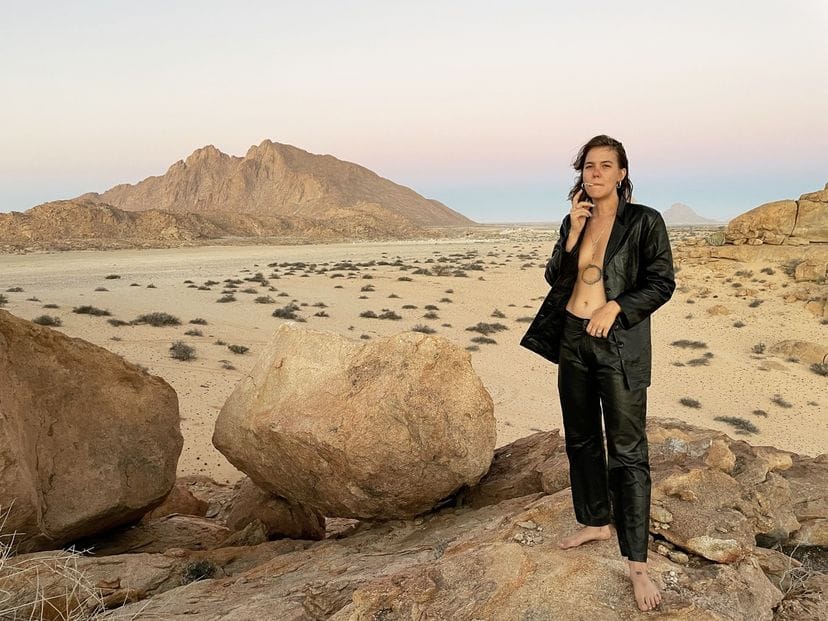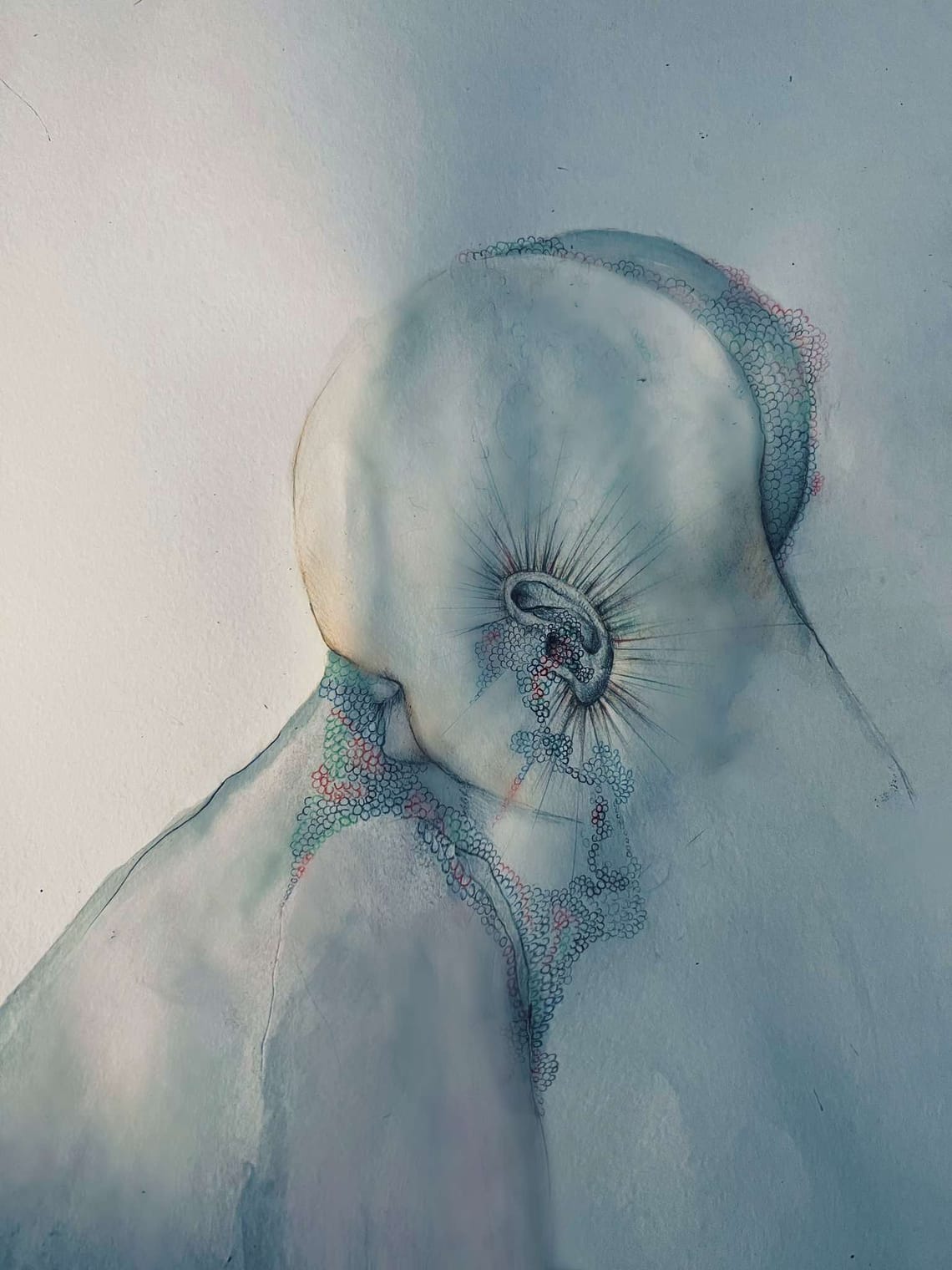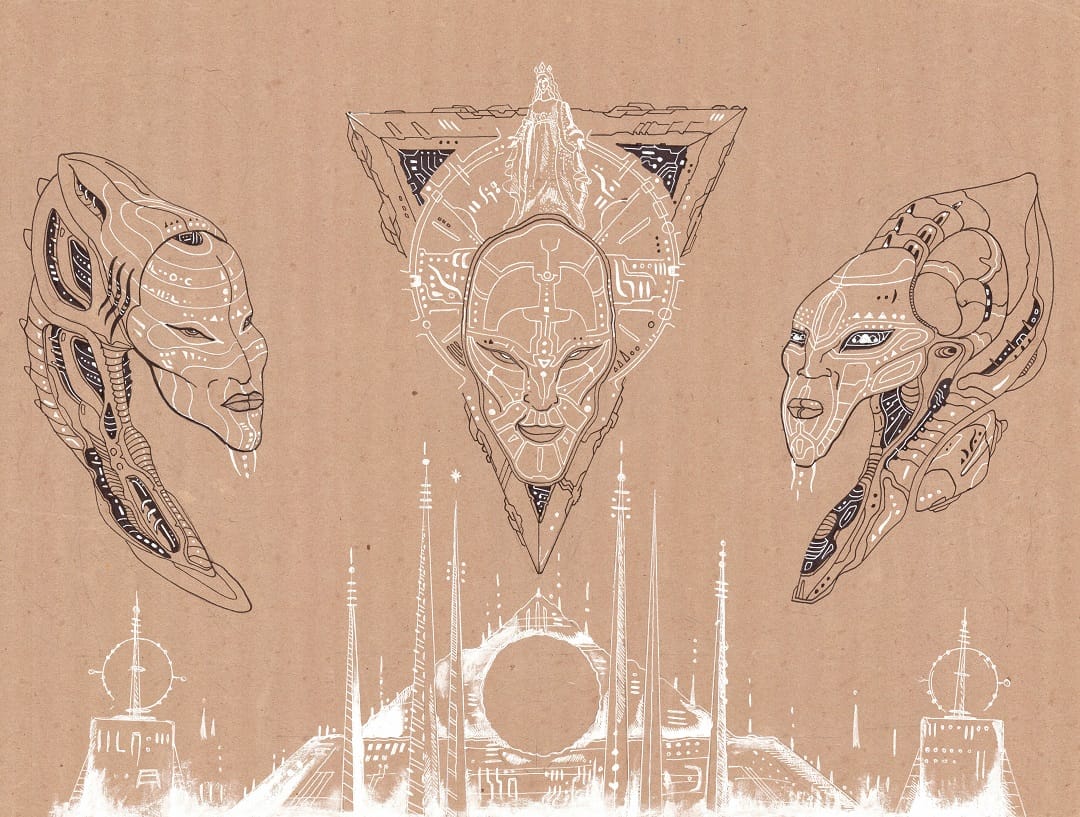If you were to paint a scene from your earliest childhood memory, what would it depict, and why is it significant to you?
If I were to paint a scene from my earliest childhood memory, it would depict my family exploring the granite mountains of Spitzkoppe, Namibia, or swimming in a water hole there after a rare desert rain. Much of my childhood was spent camping in the desert nearly every weekend or visiting my two best friends, Maike Brandt and Janice Lohmann, on their family-owned farms. I remember feeling wild and free, almost feral, as I followed goats and other animals through the bushes. I encountered snakes, lizards, leopards, and many other wild animals in their pure, untouched habitats. These experiences deeply impacted my soul and fostered a profound respect for the natural environment.
We were pure and innocent, yet we followed the farm's rules, where hunting for the next meal was normal. As a child, I quickly grasped the necessity of the circle of life and the significance of killing an animal with respect and dignity. I was fascinated with skulls, bones, thorns, and seed pods from an early age, and I would obsess over finding crystals and cave drawings with my family in the desert. This memory is significant to me because it encapsulates the essence of my childhood: a blend of adventure, discovery, and a deep connection with nature.
If you could revisit one specific moment from your childhood, which moment would it be?
If I could revisit one specific moment from my childhood, it would be searching for red garnet gemstones on the coast near Swakopmund with my grandfather. Both of my grandparents on my father's side passed away when I was very young. My grandfather was a carpenter with the skill to polish crystals and stones perfectly. I believe I inherited many of my natural hand-working talents from him. He was the first person to teach me about stones and their properties and the first to let me use tools and materials to build toy boats and cars out of wood.
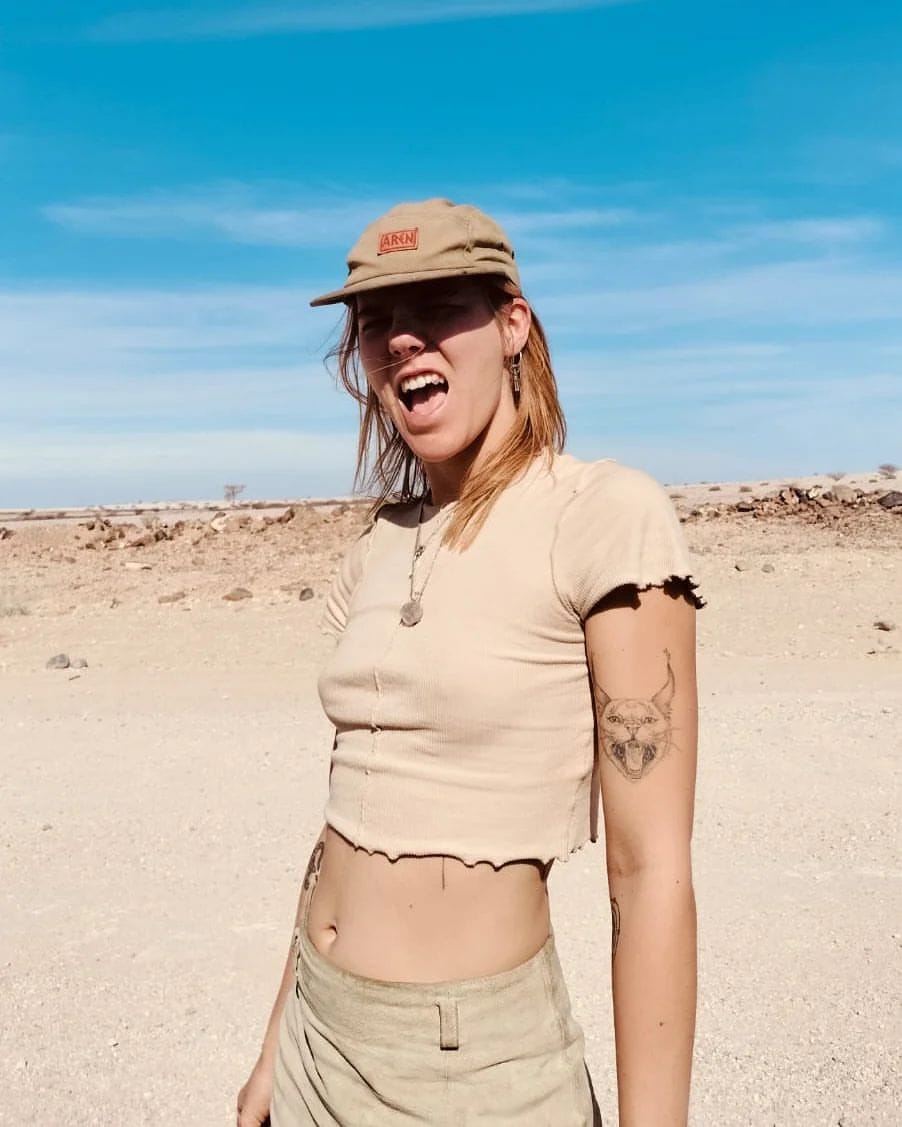
Reflecting on your childhood, what smells, sounds, or textures evoke the strongest memories for you? How do these sensory experiences influence your creative process?
The smell of petrichor—the magical scent of rain just after it has fallen in the desert—the sound of crickets at night, and the feeling of dune sand running through my hands evoke the strongest memories from my childhood. Our parents gave us a lot of freedom, which we loved spending outside exploring. Looking out the car window over vast, empty, or sparsely populated landscapes significantly influenced my creative style. I often focus on a singular subject, with the rest of the
environment or canvas complementing the subject. This is much like spotting a lone animal on the "vlakte" in Namibia, where the lone animal captures your entire focus because the environment is void of further distractions. The smells and textures I mentioned created a deep sense of wonder and respect for my environment. I was always convinced that nature is the only place where true magic still exists, and I still carry this belief today. Seeing flowers grow in the bush or desert just a few days after rain was pure magic to me as a child. These sensory experiences continue to influence my creative process by instilling a profound appreciation for the natural world and its inherent beauty.

Reflecting on your childhood in your hometown, which specific moment or memory stands out to you the most, and how does it inspire your artistic expression today?
Reflecting on my childhood in Windhoek, Namibia, the memory that stands out the most is growing up in a safe bubble that eventually burst as I realized how complicated life in Africa truly is. The lingering shadow of Apartheid created a significant scar within the social dynamics of Namibia and South Africa, leading to a deep divide that has alienated us from each other in many ways. This alienation has also affected our relationship with nature and its diverse rhythms. The heavy Western influence on African society often views traditional ways of living as ineffective because they don't actively contribute to Western ideals of capitalism, such as "contributing to society." This alienation from traditional ways of living has caused major ripple effects in our relationship with the land, which traditional practices uphold and respect. Understanding how deeply this affected my perception of my youth in Namibia inspired me to return to the subject matter of the natural elements of the land in my artistic expression. Even though I am a descendant of the colonizers, I have a deep respect and fascination for the
traditional practices and rituals of the indigenous people of Namibia. This respect profoundly influences my art, driving me to explore and honor the natural world and cultural heritage of my homeland.
Imagine your hometown as a color palette. What hues dominate the landscape, architecture, and overall ambiance, and how do they influence your artistic choices?
Imagining my hometown of Windhoek as a color palette, the dominant hues would be warm earth tones such as ochre, burnt sienna, and deep reds, reflecting the arid landscape and vast desert surroundings. The architecture would feature muted shades of beige, sand, and terracotta, complemented by occasional bursts of vibrant colors from local flora and traditional decorations. The overall ambiance is a mix of warm, earthy tones with hints of vibrant, natural colors. These hues deeply influence my artistic choices. I often incorporate earthy tones and natural colors into my work, aiming to capture the essence of the Namibian landscape. The contrast between the muted, dusty shades and the vibrant pops of color from nature inspires me to balance subtlety and vibrancy in my art, reflecting the harmony between the land and its natural beauty. This color palette helps me convey the warmth and unique atmosphere of my hometown, infusing my artwork
with a sense of place and cultural identity.
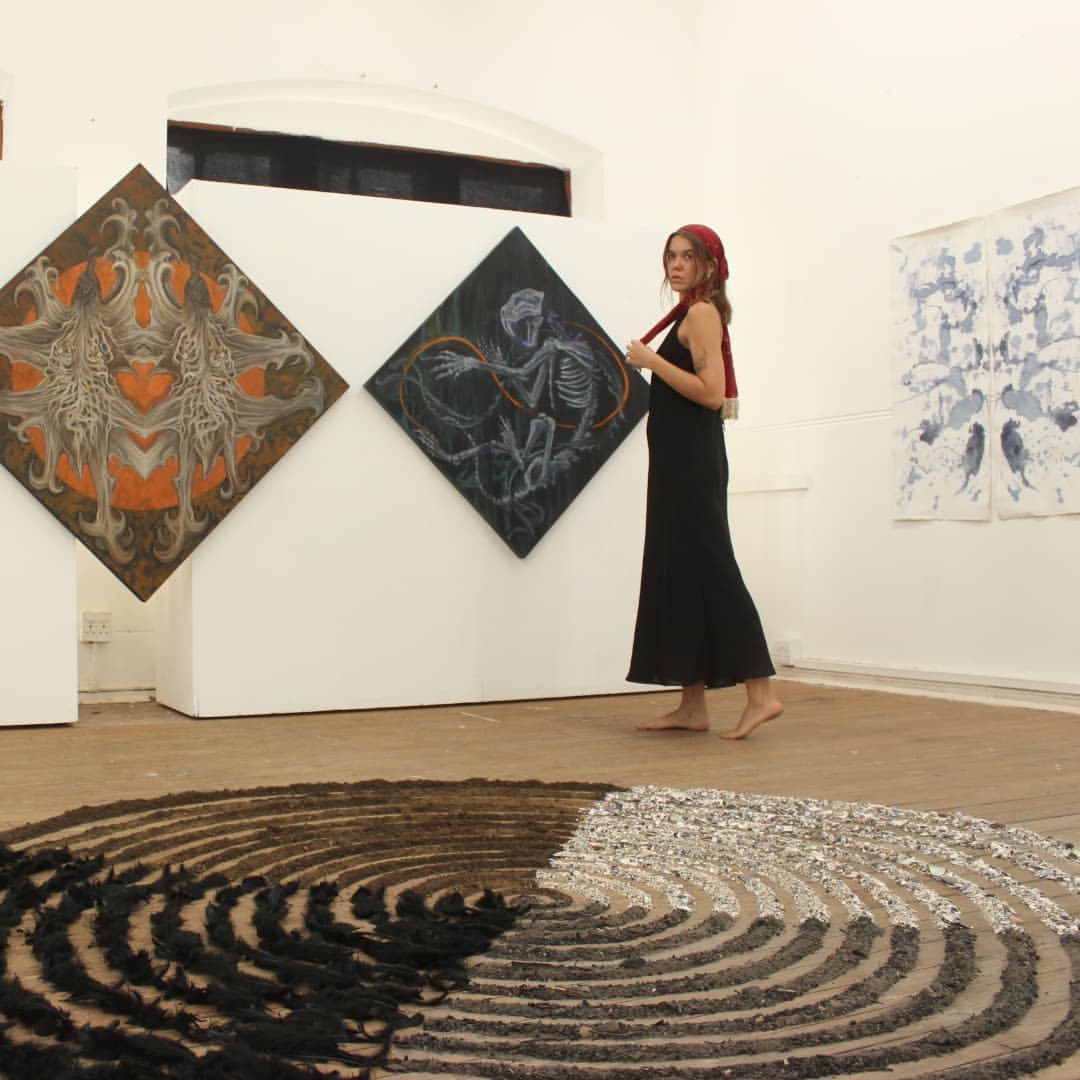
If your hometown were a character in a fantastical world, what magical powers or abilities would it possess?
In the heart of the Namibian desert, where time seemed to stretch endlessly and the sands whispered ancient secrets, lived a magical lizard named Kooira. Kooira was no ordinary lizard; she was the guardian of the Desert of Time, imbued with mystical powers that connected her deeply to the land and its history. One day, as the sun dipped below the horizon and the stars began to twinkle in the vast sky,
Kooira sensed a disturbance. The desert was unusually silent, and the air carried a sense of unease. Guided by her intuition, Kooira set off on a journey through the shifting sands, her scales glistening with a faint, magical glow. With a flick of her tail, Kooira slipped through the fabric of time, finding herself in an ancient era
where the desert was lush and teeming with life. She saw a village struggling with a severe drought, their crops wilting and their spirits dampened. The villagers had forgotten the old ways of living harmoniously with nature, and their disconnection was causing the land to suffer. Kooira approached the village elders, her presence calming and wise. She taught them how to summon the rain by understanding and respecting the rhythms of the earth. The villagers, inspired by her knowledge and the sight of a lizard speaking with such authority, followed her guidance. Soon, dark clouds gathered, and rain poured down, revitalizing the land and renewing their spirits. As the village thrived, Kooira journeyed further, encountering wounded animals and people divided by ancient feuds. With her healing touch, she mended broken wings and soothed old scars, bringing harmony wherever she went. She shared her wisdom with those willing to listen, teaching them the secrets of the past and the importance of living in balance with nature. Through her travels, Kooira met countless creatures and humans, each encounter adding to her understanding and strengthening her connection to the world. She communicated with the animals and plants, ensuring their protection and fostering a sense of unity in the environment. Years passed, and Kooira's legend grew. She became a symbol of hope and renewal, a reminder of the power of wisdom, respect, and harmony. Even as she continued her timeless journey through the desert, her influence remained, leaving a trail of flourishing landscapes and healed hearts in her wake. Kooira, the magical lizard of the Desert of Time, lived on as a guardian and teacher, her story woven into the very fabric of the land she so dearly loved and protected.
If you could collaborate with any artist, living or dead, who would it be and why?
If I could collaborate with any artist, it would be Fuego, an awesome fashion designer and friend from Cape Town. Even though our schedules haven’t lined up yet, I’m sure we’ll make it happen one day. Fuego's creative designs really vibe with my artistic style, and I think our collaboration would be an amazing mix of fashion and art. I love how he blends traditional influences with modern looks, and I’m excited to see what we could create together. We’ve often talked about how the vibes of Cape Town and Berlin go really well together. This makes me even more pumped for our potential collaboration, as we could combine the unique cultural elements of both cities in our work.
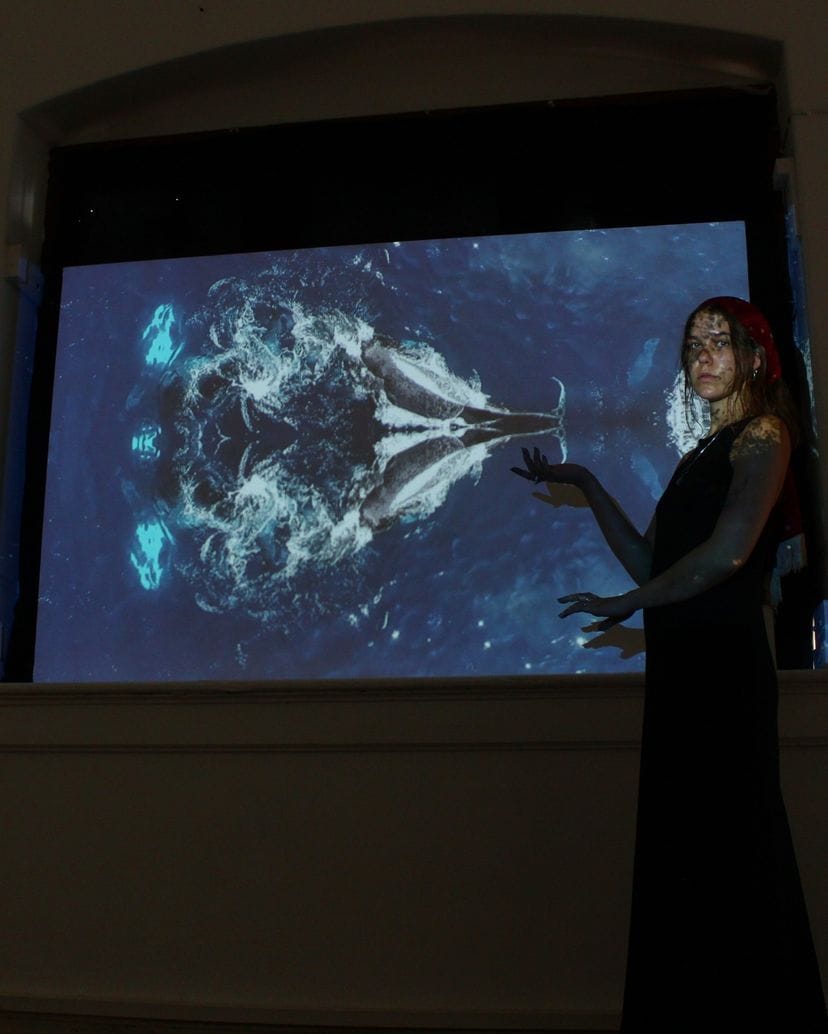
Imagine your art as a recipe. What ingredients would it have, and what would the final dish taste like?
My art dish would definitely include earthy ingredients combined with a deep, bitter tea made from healing herbs and roots found in the desert. The final dish would taste rich and grounding, with layers of bitter, earthy, and slightly spicy notes. It would give you a sense of connection to the land and a feeling of restoration, just like my art aims to capture and honor the natural world and its
heritage.
If your art could travel through time, where would it go?
If my art could travel through time, it would go to the 1960s. The '60s were a time of immense cultural, social, and political change, with movements challenging traditional norms and embracing freedom and experimentation. This era's creativity, push for deeper connections with nature, and emphasis on peace and love resonate with the themes in my art. Interestingly, we're experiencing a similar cultural phase right now. There's a renewed focus on social justice, environmental awareness, and breaking down traditional boundaries. This parallel makes the '60s a perfect era for my art, as it reflects the current push for transformation and deeper meaning in our world.
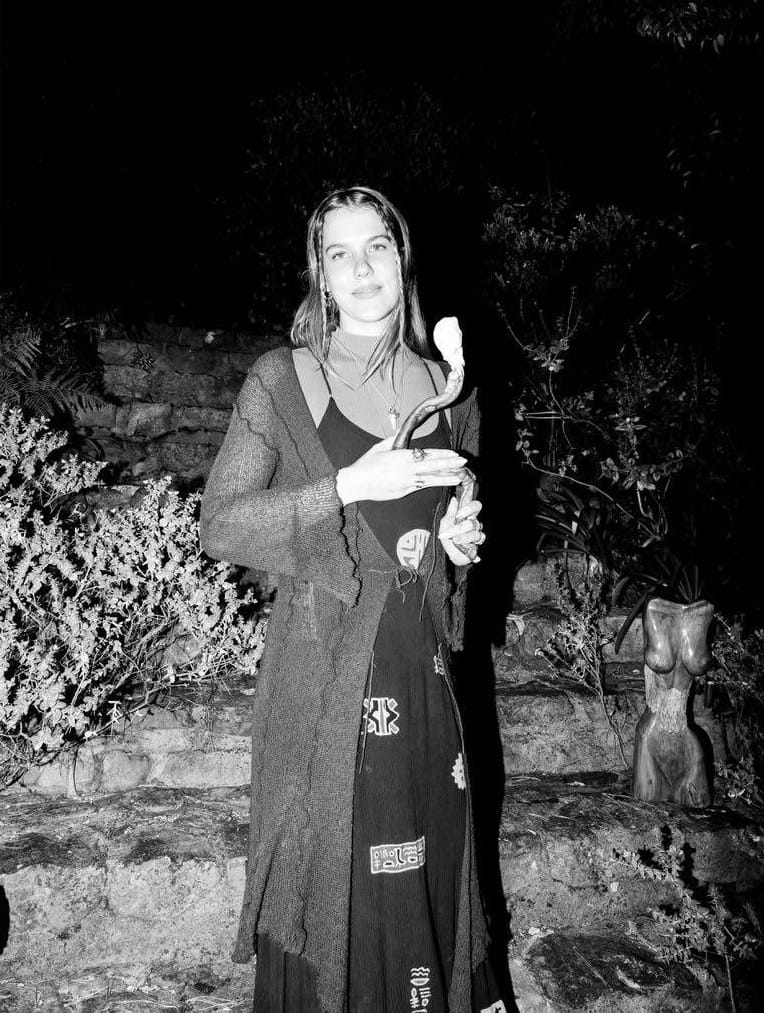
If your art could change one thing about the world, what would it be?
If my art could change one thing about the world, it would be to foster a deeper connection and respect for nature. By inspiring people to appreciate and protect the natural environment, my art could help cultivate a sense of stewardship and responsibility, leading to more sustainable living and a healthier planet for future generations. Additionally, I would aim to raise more awareness for conservation research in Namibia, highlighting the unique ecosystems and the importance of
preserving them for the future.
If your art was translated into a scent, what would it smell like?
If my art were translated into a scent, it would smell like petrichor. Petrichor is the earthy, refreshing aroma that arises when rain falls on dry soil. It's a unique and comforting scent that evokes a deep connection to nature, reminiscent of the desert after a much-needed rain. This fragrance captures the essence of renewal, grounding, and the beauty of the natural world.
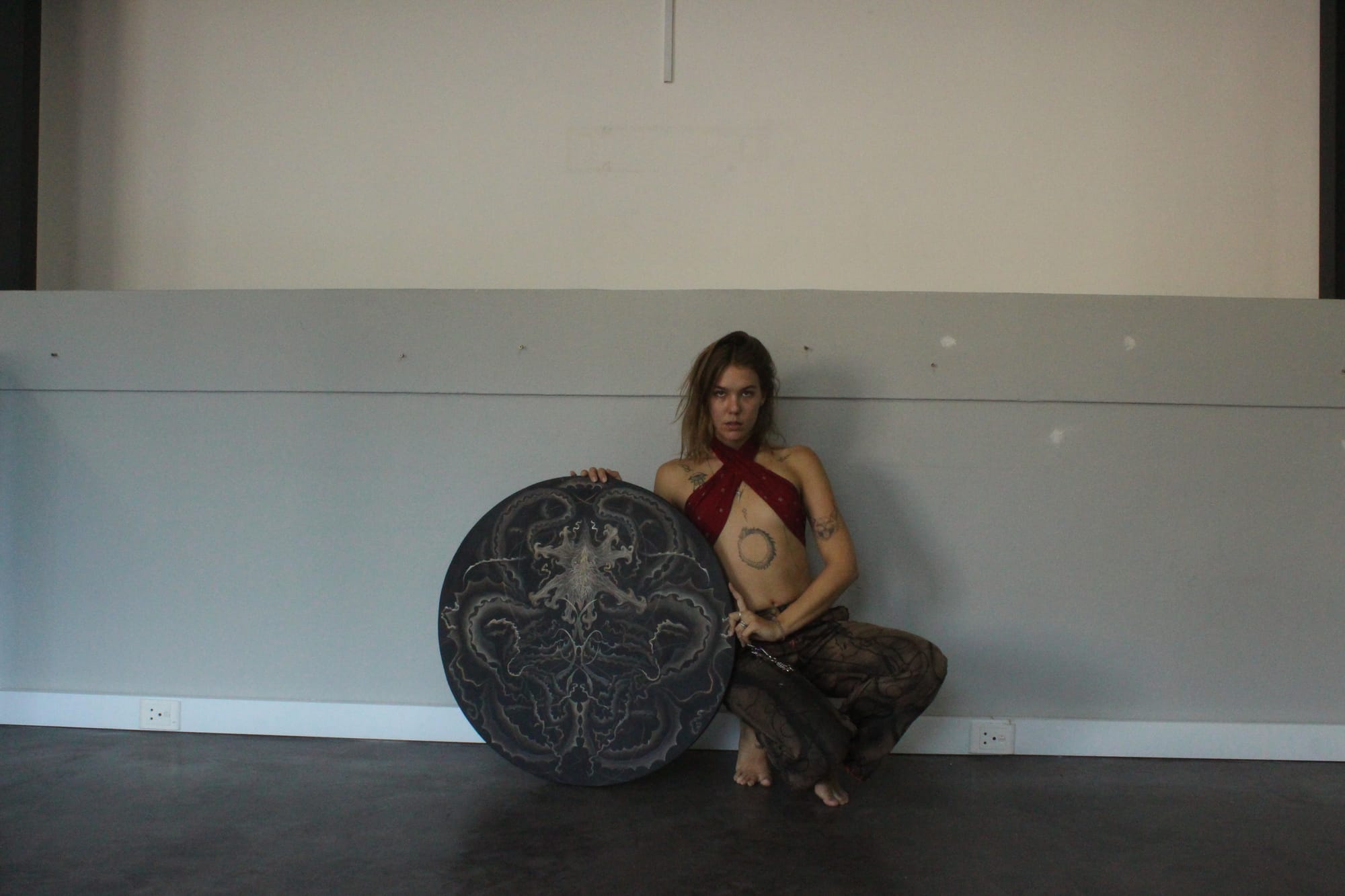
Imagine your art came to life as a character in a story. Describe its personality and what adventures it would embark on.
If my art came to life as a character in a story, it would be a wise and adventurous lizard, deeply connected to nature and the rhythms of the earth. This lizard would be an explorer and a guardian of the natural world, always seeking out hidden wonders and ancient secrets. With a personality that's both serene and curious, it would have a deep respect for all living things and a profound understanding of the delicate balance of ecosystems. Its adventures would take it through vast deserts, lush forests, and rugged mountains, where it would encounter diverse wildlife and ancient landscapes. Along the way, it would help heal damaged environments, bridge the gap between humans and nature, and share its wisdom about sustainability and conservation. Whether discovering forgotten cave paintings or finding rare crystals and herbs, this lizard's journey would be a quest to protect and celebrate the beauty and magic of the natural world.
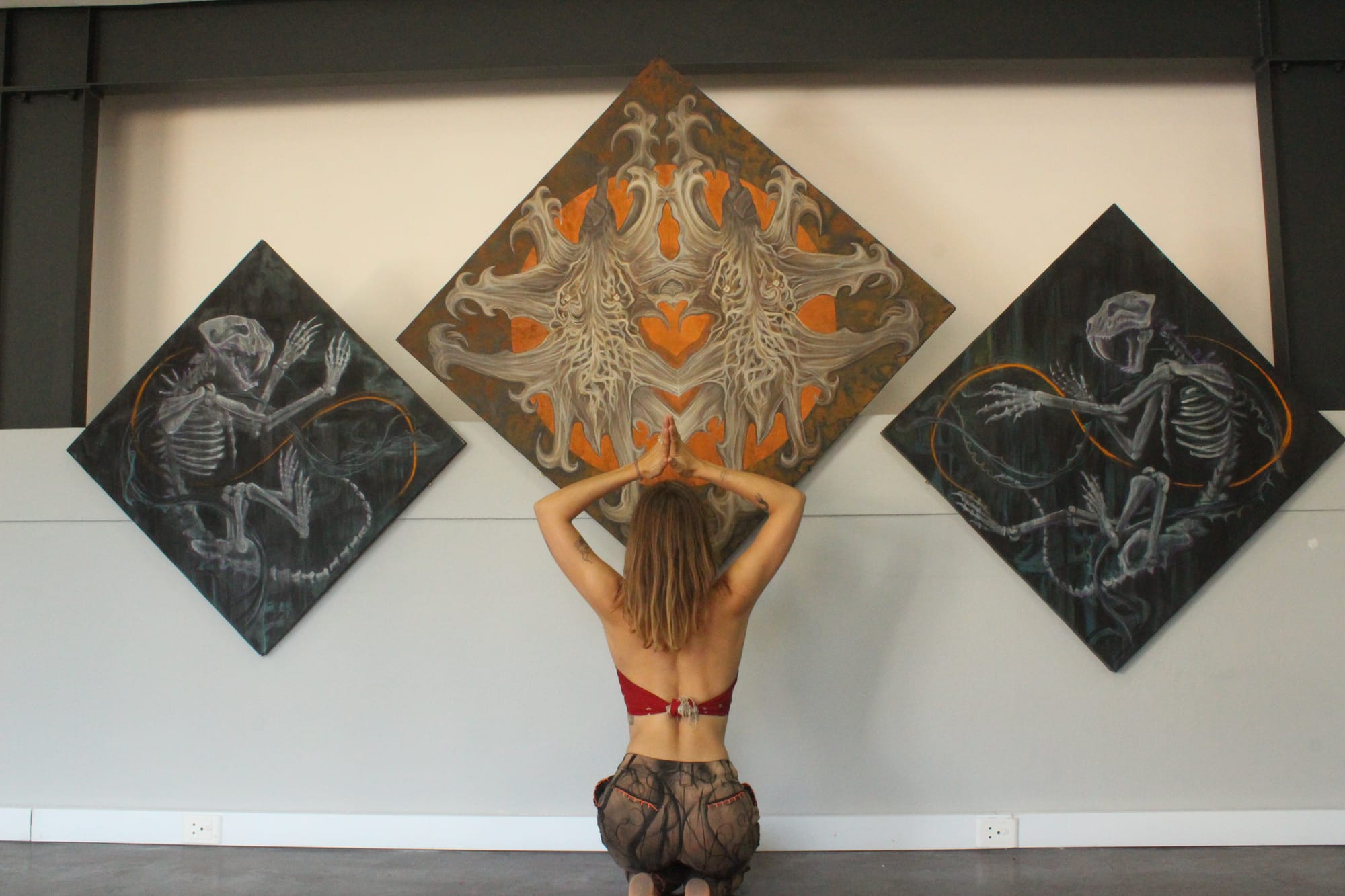
Check here Livia's website
